Sustainable finance is a key component of the transition to a low-carbon, resource-efficient and sustainable economy, and as the climate crisis keeps exposing the financial sector to greater risks, sustainable funds are already outperforming their traditional counterparts.
The movement towards sustainable finance can be seen in the increasing number of sustainable projects being developed. That’s exactly why we interviewed the team of professionals at Celsia, EU Taxonomy reporting software, so you can learn more about measuring, managing and improving your sustainability performance.
Not just that, but you get a chance to meet and network personally with Celsia’s professionals at The 0100 CFO & COO Forum in Berlin this November! Click here to get yourself registered for our forum and don’t miss out on the chance to network personally with the relevant business players in the PE/ VC realm.
We wanted to know what the Sustainable Finance Disclosure Regulation is, the requirements and challenges of PE/ VC firms under the SFDR, and how to overcome these challenges. Keep reading to find out what Celsia has to say.
1. What’s SFDR And What Is Its Purpose?
The Sustainable Finance Disclosure Regulation (SFDR) is a set of new EU legislation on how sustainability should be tracked and disclosed, targeting financial market participants, including investment firms. The EU developed the SFDR to improve transparency on sustainability in the financial market and to combat greenwashing.

2. What Is The Difference Between CSRD, SFDR, EU Taxonomy And The PAI Indicators?
As with the SFDR, the Corporate Sustainability Reporting Directive (CSRD) also states how companies should track and report on sustainability, but primarily affects non-financial companies. The EU Taxonomy is a framework for measuring sustainability that is a central component in both legislations, that most companies affected by either SFDR or CSRD will be required to report on.
The Principle Adverse Impact (PAI) indicators are a set of mandatory and voluntary KPIs that investment firms should collect data from their portfolio companies on and report on. They do not define what should be considered sustainable like the EU Taxonomy does, but they are meant to be used as comparable metrics of net negative sustainability impact of an investment portfolio.
3. What Are The Requirements to Private Equity and Venture Capital Firms Under The SFDR?
With the SFDR, sustainability reporting will become more standardized. Cherry picking of metrics has been a big problem, and while the SFDR does not limit what metrics VC/PE firms may track and report, it does define a set of metrics that all, at a minimum, should use.
The SFDR requires that investment funds that raise capital from external investors in the EU classify their fund as either article 6, 8 or 9. While article 6 funds do not consider sustainability and will have limited reporting requirements, classifying a fund as article 8 or 9 comes with a set of pre-contractual and period reporting requirements.
4. What Are The Challenges of SFDR for Private Equity and Venture Capital?
The biggest challenge the SFDR introduces is the requirement to regularly assess and disclose fund EU Taxonomy alignment, which is a 0-100% score based on the portfolio companies’ results. The EU Taxonomy framework is complex and comprehensive, and we see that virtually no VC/PE firms have started applying it on their own. Most use consultants – or software.
Additionally, the SFDR may require reporting on sustainability KPIs (Principle Adverse Impact Indicators) and will require reporting on how sustainability is considered and worked in the fund (e.g. as part of the due diligence process, how progress is being monitored, what data sources are used, etc).
5. How are Investors Handling the Requirements?
Most investors embrace the new rules. If you go with an article 6 label for your fund, you are in the minority. According to Morningstar, the most popular classification among the three (6, 7 and 8) is article 8, which comes with a set of sustainability reporting requirements.
Our experience is that investors certainly see the need to combat greenwashing with standardized disclosures but are worried about the overhead of reporting – especially for early-stage portfolio companies. We’re at a point where spreadsheets aren’t enough anymore, and where also investors increasingly are adopting purpose-built solutions in their sustainability management and reporting.

Conclusion
Although SFDR requirements are challenging, most investors are embracing the new rules around sustainable finance. The worries about overhead reporting are continuously being addressed by software platforms such as Celsia, which not only provides software solutions, but also a lot of resources and guidelines to help keep your company compliant.
You can find helpful articles on their website such as the 6 steps to solving the EU Taxonomy for investment funds and many others.
But, what’s better than discussing this with peer investors who have faced or are facing the same or similar challenges? That's why our upcoming in-person private equity and venture capital events are the place to be. A crowd of investors with similar issues could be a very beneficial source of best practices. Click here to find the nearest conference to you.


